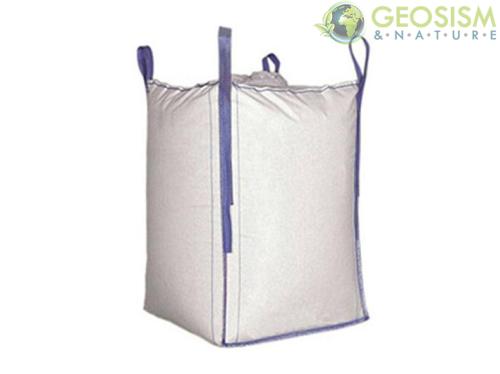Tuff 8/14 mm (1500 kg - c.ca 1500 lt)
TUFO 8/14 mm (1500 Kg - about 1500 lt).
The Neapolitan yellow tuff is a pyroclastic rock characterized by a prevalence of ash of various granulometry, with inclusions of pumice and fragments of lava, deriving from explosive eruptions of different volcanic centers, which occurred in the caldera of Campi Flegrei between 12,000 and 10,000 years does. It has a straw yellow color, can be scratched with the nail and with typical characteristics of a good building stone, moreover, being mainly composed of aluminum, potassium, calcium and magnesium oxides, it does not undergo chemical oxidation or hydration processes .
The physical and mechanical characteristics are very variable from place to place and even in the same place. Commercial name Neapolitan yellow tuff for load-bearing walls
Geological classification Vulcanoclasty connected to an eruptive episode that occurred in the Phlegraean Fields about 12,000 years from the present, consisting of pumice and obsidian fragments, lithics and crystals immersed in a deeply altered cinerite matrix with the formation of zeolites and subordinately clayey materials.
MEDIUM CHEMICAL ANALYSIS
SiO 2 : 60.0%
At 2 O 3 : 16.0%
K 2 O: 3.0%
Fe 2 O 3 - FeO: 5.0%
CaO: 2.0%
Na 2 O: 3.0%
MgO: 1.0%
H 2 O: 10.0%
TECHNICAL FEATURES
MINERAL COMPOSITION: major minerals that distinguish it are phillipsite and chabazite for zeolites, for smecite and illite clays, while the few phenocrysts present consist of alkali feldspar, clinopyroxene salitici or diopsidici, biotite and plagioclase;
STRUCTURE: pseudoeutaxitica;
HARDNESS: poor
RESILIENCE: poor
BREAKABILITY: good
SEGABILITY: good
CARVABILITY: good
POLISHABILITY: poor
DURABILITY: poor
FUNCTIONAL CHARACTERISTICS AND FIELDS OF USE
Lightweight natural inert, ideal for:
? rooting substrate (sowing, cuttings, transplants, soilless crops and hydroculture);
? preparation of universal molds;
? preparation of specific soils (annuals, acidophilic plants, succulents, houseplants, lawns?);
? preparation of professional soils for outdoor horticultural nurseries and protected crops;
? land amendment;
? hydroculture;
? drainage;
? support surface for vases;
? thermal insulation.
NB: NEWS ABOUT PACKAGING AND QUANTITY OF MATERIAL
It should be noted that the aggregate is packaged by the manufacturer in big bags that can vary in shape, type and color depending on the availability on the market (therefore the photograph of the big bag is entirely indicative: it is only the container of the material ). The aforementioned big bags contain material that has a variable weight depending on the humidity contained (due to the conditions











